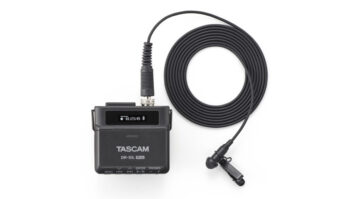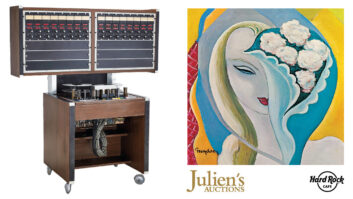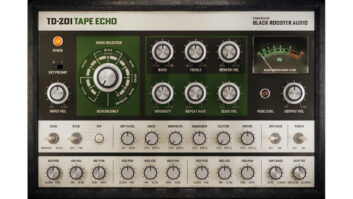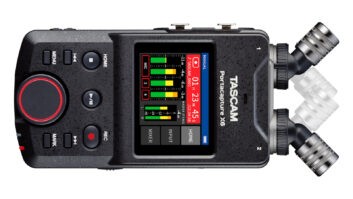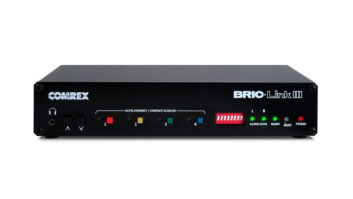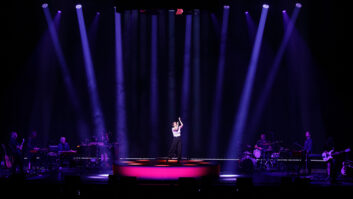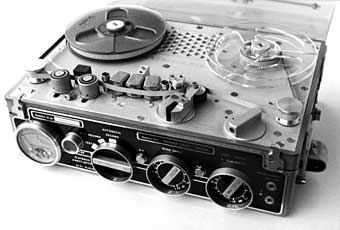
The Nagra III set a world standard for dependable location recorders.
Born in 1929 in Warsaw, Stefan Kudelski was only 10 when his family fled Poland, to Hungary and France, and finally settling in Switzerland in 1943. After completing his college studies, he founded the Kudelski company in 1951 and began creating the Nagra (the name means “will record” in Polish) portable recorder. Designed for high-quality portable recording, the initial Nagra I and II models were driven by a wind-up clockspring mechanism.

Portability came at a price: 12 “D” cells to power the Nagra.
The breakthrough came in 1957 with the Nagra III, a compact, 11-pound mono 3.75/7.5/15 ips reel-to-reel deck. With 12 D cell batteries powering its DC servo-controlled motor and Germanium transistor electronics, the Nagra III’s performance could rival much larger studio machines. The deck’s rugged aluminum chassis and “Modulometer” peak-reading level meter appealed to pros who needed a dependable, near-indestructible location recorder.
With updates, such the addition of Neopilot sync in 1963, the Nagra III soon became the standard for location film recording and received an Award of Merit from the Academy of Motion Picture Arts and Sciences in 1965. After an 11-year span, the Nagra III was eventually replaced with the Nagra IV in 1968 and the Models 4.2 and stereo IV-S in 1971.

